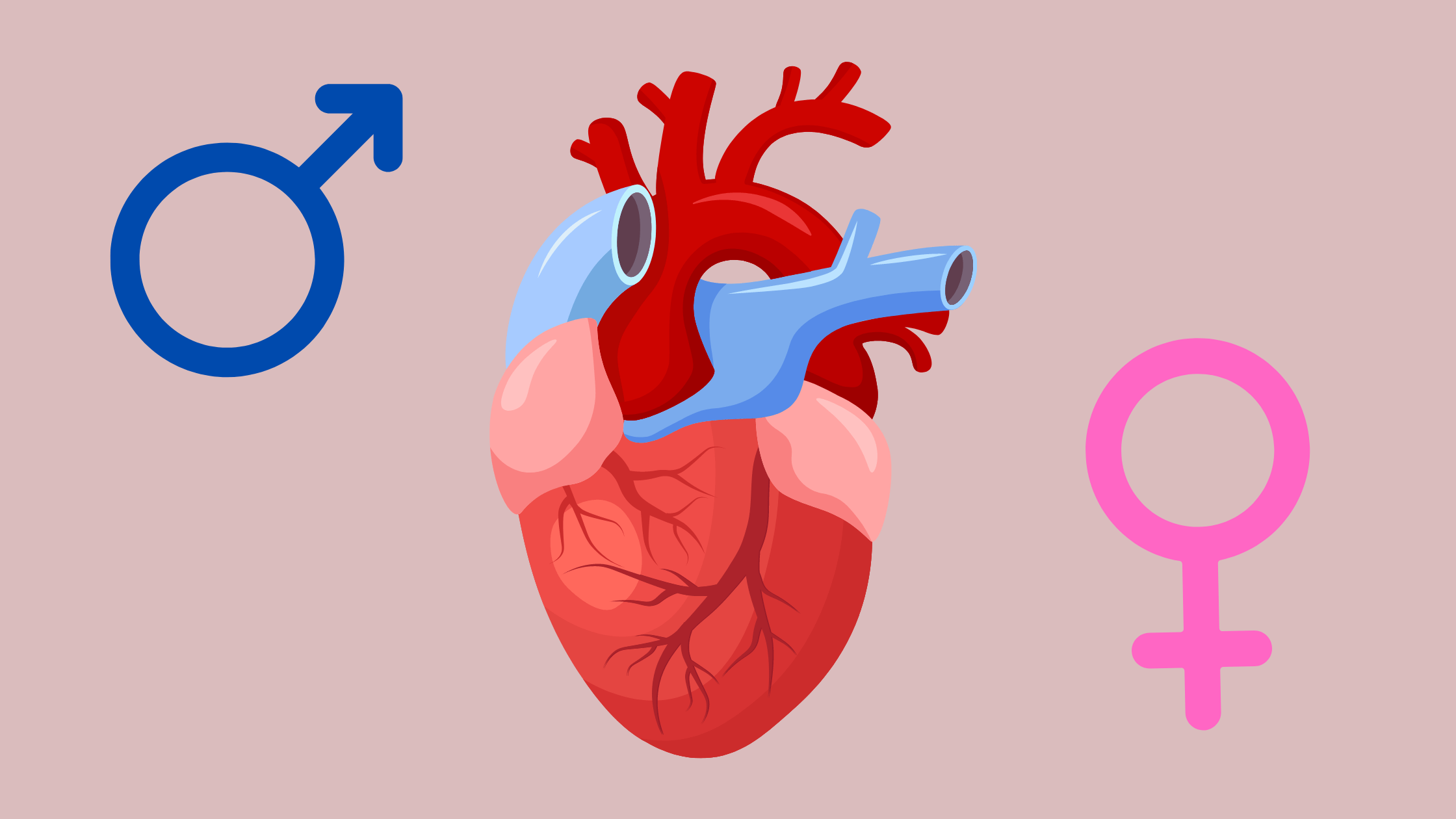Cardiovascular disease (CVD) is a broad term used to describe several conditions that affect blood vessels and the heart. CVD is a prominent condition affecting approximately 6% of all patients in Australia. It is estimated that 161 patients present each day to a hospital with some form of heart disease. These common presentations lead to nearly 590,000 admissions to hospitals each day.
There are 3 common conditions related to cardiovascular disease:
- Coronary heart disease (CHD) relates to blockages in arteries and blood vessels from the heart. There are two main conditions associated with CHD, a heart attack (damage to the heart muscle because of obstructed blood flow) and angina (a condition caused by reduced blood flow, resulting in chest pain, that is relieved by rest or specific medications).
- Stroke relates to a blockage or rupture of an artery within the brain, and lastly
- Cardiomyopathy and Heart failure refers to an enlarged heart from a range of causes or heart failure from ineffective heart pumping.
The most common signs and symptoms related to cardiovascular disease include (but are not limited to):
- Chest pain,
- Shortness of breath,
- Palpitations, and
- Discomfort in the arm or jaw. 1
Women are less commonly associated with cardiovascular disease yet may have different risk factors to men. It has been identified that women may experience less cardiovascular disease events, but have a higher mortality rate than men with the same condition. Men are more likely to have cardiovascular disease at an earlier age than women, but this may reverse as women age, and affect more women later in life.
Additionally, clinical studies have demonstrated that:
- women may have higher rates of strokes and heart failure later in life in comparison to men,
- that men have had a reduction in deaths associated with cardiovascular disease, yet rates amongst women have remained stagnant and unchanged, and lastly
- women often present clinically with different signs of cardiovascular disease than men2
Some studies have suggested that pre-menopause, women may be protected from some of the risks of cardiovascular disease due to female-specific hormones. This however may change as women move towards menopause. One longitudinal study highlights this point, emphasising that during menopause, cardiovascular disease risk may increase and accelerate after this period due to a reduction in those female-only hormones. This is an important consideration for patients and their doctors to be vigilant when monitoring and assessing post-menopausal women, as women remain at greater risk, compared to men, as they age. 3
More recent clinical data has also suggested that there may be a gender bias for women with cardiovascular disease, specifically, that women may be underdiagnosed and undertreated in comparison to men. Women may also present later to hospitals for treatment, which has been linked to gender roles and responsibilities for women in families and how symptoms associated with cardiovascular disease may be vague and easily dismissed. One study has suggested that women may have better outcomes if treated by a female General Practitioner in some settings. 4
Women may also present with different clinical signs of cardiovascular disease when specifically compared to men. Dr Shane Nanayakarra, Interventional Cardiologist from the Alfred Hospital in Melbourne, states “many of the early symptoms discussed regarding the presentation of Heart Disease, particularly Coronary Heart Disease are based on men”, Dr Nanykarra goes further to say “… we know more and more that women are under-represented and under recognised when it comes to heart symptoms, and that women may present with symptoms such as shortness of breath, nausea, pain in the abdomen. These symptoms may be attributed to other conditions, when in fact they are related to the heart.”
The simple takeaway message is that women are different to men when it comes to cardiovascular disease, yet the risk is ever-present. Men may develop cardiovascular disease earlier and present more “traditionally”, however, many women present “differently” to men when it comes to the same condition.
Remember if you are experiencing any of the symptoms outlined in this article, please seek urgent medical attention. In an emergency call 000 or 13 HEALTH (1 343 25 84) if unsure of the severity of the medical condition.
Written by Shane Bassett RN BN CCRN
Clinical Content Director
Connect The Docs
Disclaimer This information is general and not conclusive. Follow any guidelines and advice from your doctor or specialist, health care or multidisciplinary team, for your personalised patient centred needs and care. Inquire about a patient advocate group regarding your specific needs. Call 000 if you experience chest pain.
To find a GP or a Cardiologist near you, visit www.hopeforhearts.com.au
Connect The Docs www.connectthedocs.com.au is a medical marketing agency specialising in therapy awareness campaigns, educating medical professionals and patients about common conditions.

